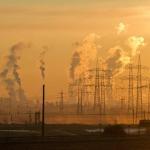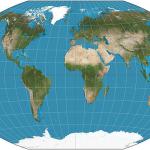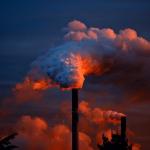Picture from Twitter
Air pollution
Without a doubt, preparedness for future disasters is primary, but images of deserted streets and highways prompt another take.
Let’s begin with the data. The researchers used COVID-19 related deaths by county as compiled by Johns Hopkins.
PM2.5 is also known as “fine” (as opposed to coarse) particles, and sometimes as “soot” (a misnomer used by the New York Times).
Covid-19 coverage is everywhere and the spreading infection remains a concern for everyone, especially all the furor over testing, coming soon to your neighborhood.
Air pollution epidemiology has tended to emphasize premature mortality; the NIH database lists over 3000 papers with those terms in the title or abstract.
You got to love big numbers and what could concern us more than global death tolls; can you say “pandemic?” The World Health Organization tallies the global burden of disease (GBD) and has indicated that 70% is attributable to non-communicable dis
E&E's report on the EPA's Clean Air Scientific Advisory Committee (CASAC), sullied the reputation of one of ACSH's Board Members, Dr.
Over time as our understanding and instrumentation have changed and improved, we have reframed the villain from particulate matter as a whole to its various components.











